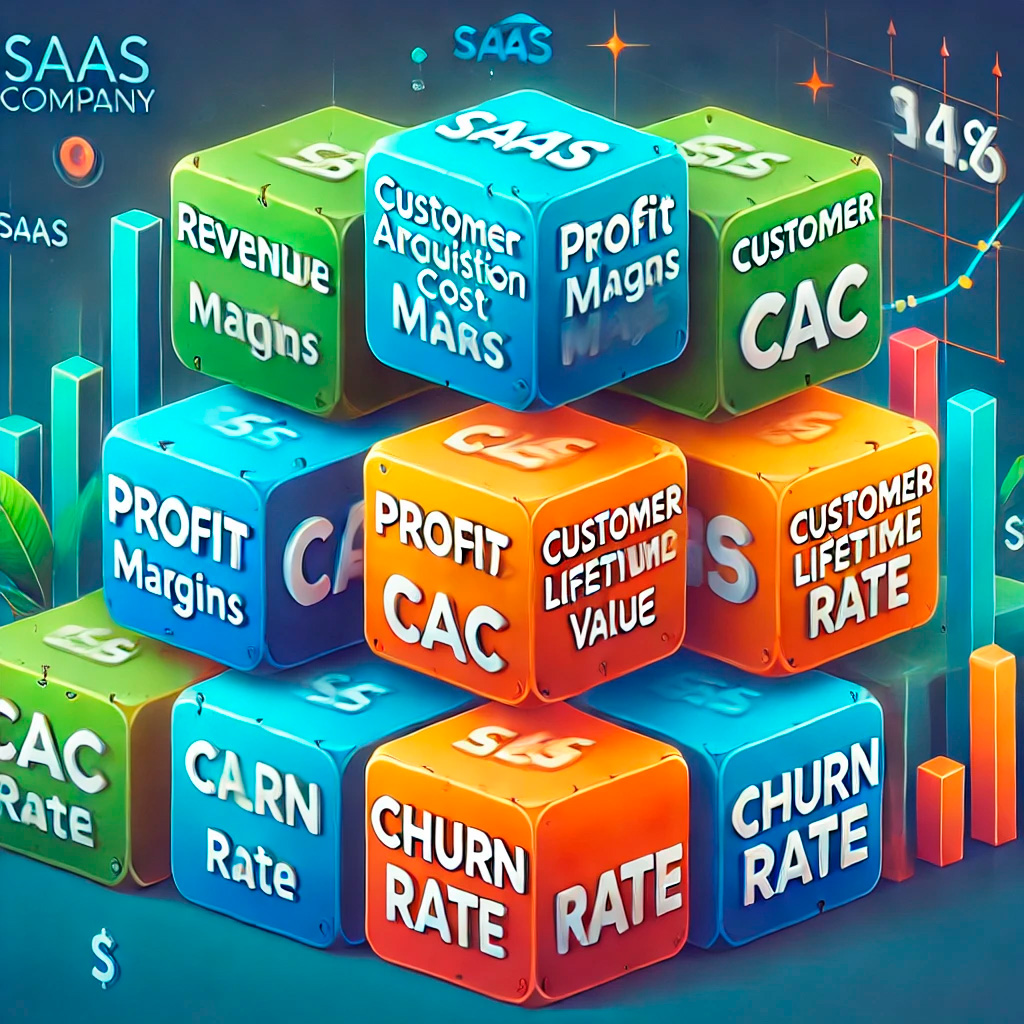Adlega Blog:
-

Bounce Rate
What is Bounce Rate? Bounce rate has two important meanings, depending on whether we’re talking about email marketing or website analytics: Email Bounce Rate The percentage of emails that couldn’t be delivered to their intended recipients. Email Bounce Rate = (Number of Bounced Emails / Number of Sent Emails) x 100 Website Bounce Rate The…
-

Unsubscribe Rate
What is Unsubscribe Rate? Unsubscribe rate is the percentage of email recipients who opt out of your email list after receiving a specific email. Think of it as your email marketing‘s “goodbye counter.” Formula for Unsubscribe Rate Unsubscribe Rate = (Number of Unsubscribes ÷ Number of Delivered Emails) × 100 Example Imagine you sent out…
-

Open Rate
What is Open Rate? Open rate is the percentage of email recipients who open a specific email compared to the total number of emails delivered. Formula for Open Rate: Open Rate = (Number of Opens / Number of Delivered Emails) x 100 👆 Fun Fact: The first email marketing blast was sent in 1978, but…
-

B2B2C (Business-to-Business-to-Consumer) Model
What is the B2B2C Model? B2B2C stands for Business-to-Business-to-Consumer. It’s a model where a business provides products or services to another business but also maintains a direct relationship with the end consumer. Common Examples of B2B2C E-commerce platforms partnering with retailers Insurance companies working through employers Software platforms powering customer-facing services Payment processors enabling online…
-

B2C (Business-to-Consumer) Model
What is the B2C Model? B2C stands for Business-to-Consumer, where companies sell products or services directly to individual consumers for personal use. Think of it as the friendly neighborhood store of the business world, but scaled up to potentially reach millions of customers. Common Types of B2C Businesses Retail stores (both physical and online) Restaurants…
-

B2B (Business-to-Business) Model
What is the B2B Model? B2B stands for Business-to-Business, where companies sell products or services to other businesses rather than to individual consumers. Think of it as businesses being the backstage crew that helps other businesses put on their show. Common Types of B2B Businesses Software providers Manufacturing suppliers Professional services Office equipment vendors Business…
-

ROI (Return on Investment)
What Is ROI (Return on Investment)? ROI measures the profitability of an investment relative to its cost. Simply put, it tells you how much money you made (or lost) on an investment compared to how much you put in. It’s like asking, “For every dollar I invested, how many dollars did I get back?” How…
-

Unit Economics in SaaS
What Are Unit Economics in SaaS? Unit economics in SaaS focuses on understanding the revenues and costs associated with a single customer over their lifecycle. It’s the cornerstone of financial health for SaaS businesses. Key SaaS Metrics for Unit Economics Customer Acquisition Cost (CAC): How much it costs to acquire a new customer. Customer Lifetime…
-

Unit Economics
What Are Unit Economics? Unit economics is all about understanding the revenues and costs associated with a single unit (customer) of your product or service. Key Components of Unit Economics Revenue per unit: How much money you make from selling one unit. Cost per unit: How much it costs to produce and deliver that unit.…
-

Click-through Rate (CTR)
What Is Click-through Rate (CTR)? Click-through Rate (CTR) is a metric that measures the percentage of people who click on a specific link or call to action out of the total number who view it. In other words, it’s how often people who see your ad or link actually click on it. How to Calculate…
-

CTA (Call to Action)
What Is a Call to Action (CTA)? A Call to Action (CTA) is a marketing term for any design element or text that prompts a user to take a specific action. It’s the “Now what?” of your content or ad, giving clear direction on what you want the user to do next. Common Types of CTAs…
-

Cost per Click (CPC)
What Is Cost per Click? Cost per Click (CPC) is a digital advertising model where you pay each time a user clicks on your ad. It’s like paying for each person who walks into your store, rather than for a billboard that everyone sees but few act on. How to Calculate CPC The basic formula…
Got any book recommendations?